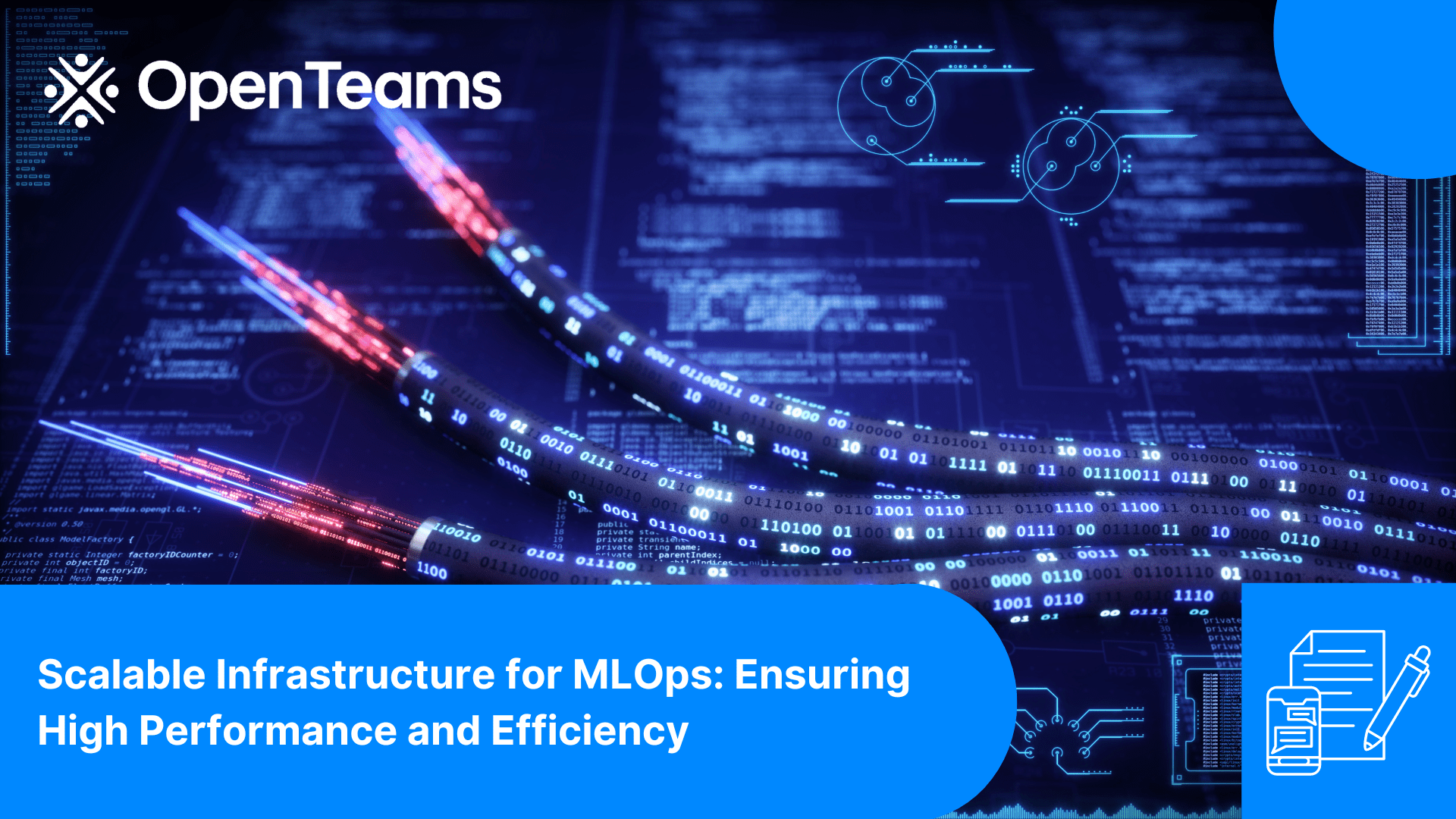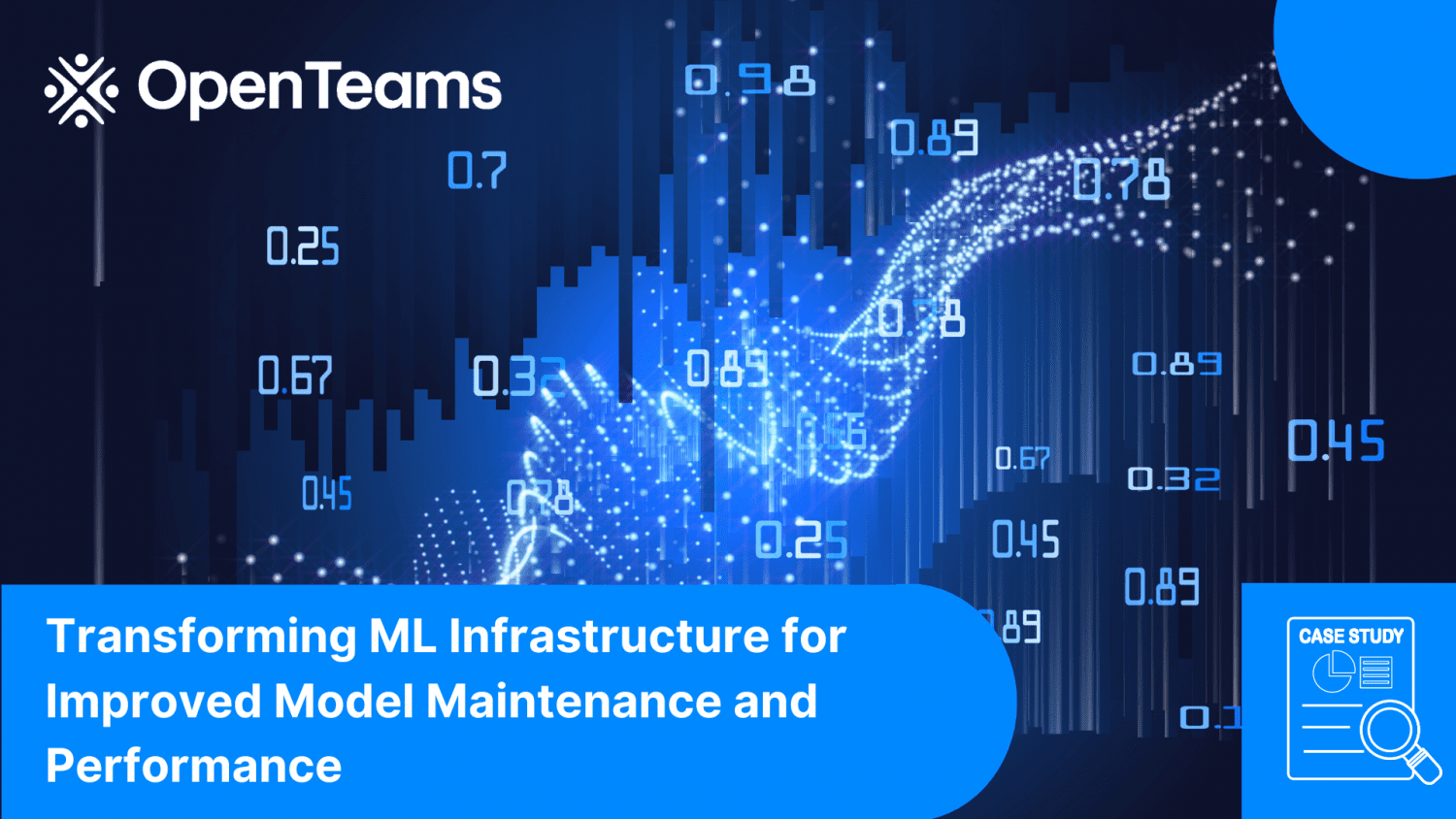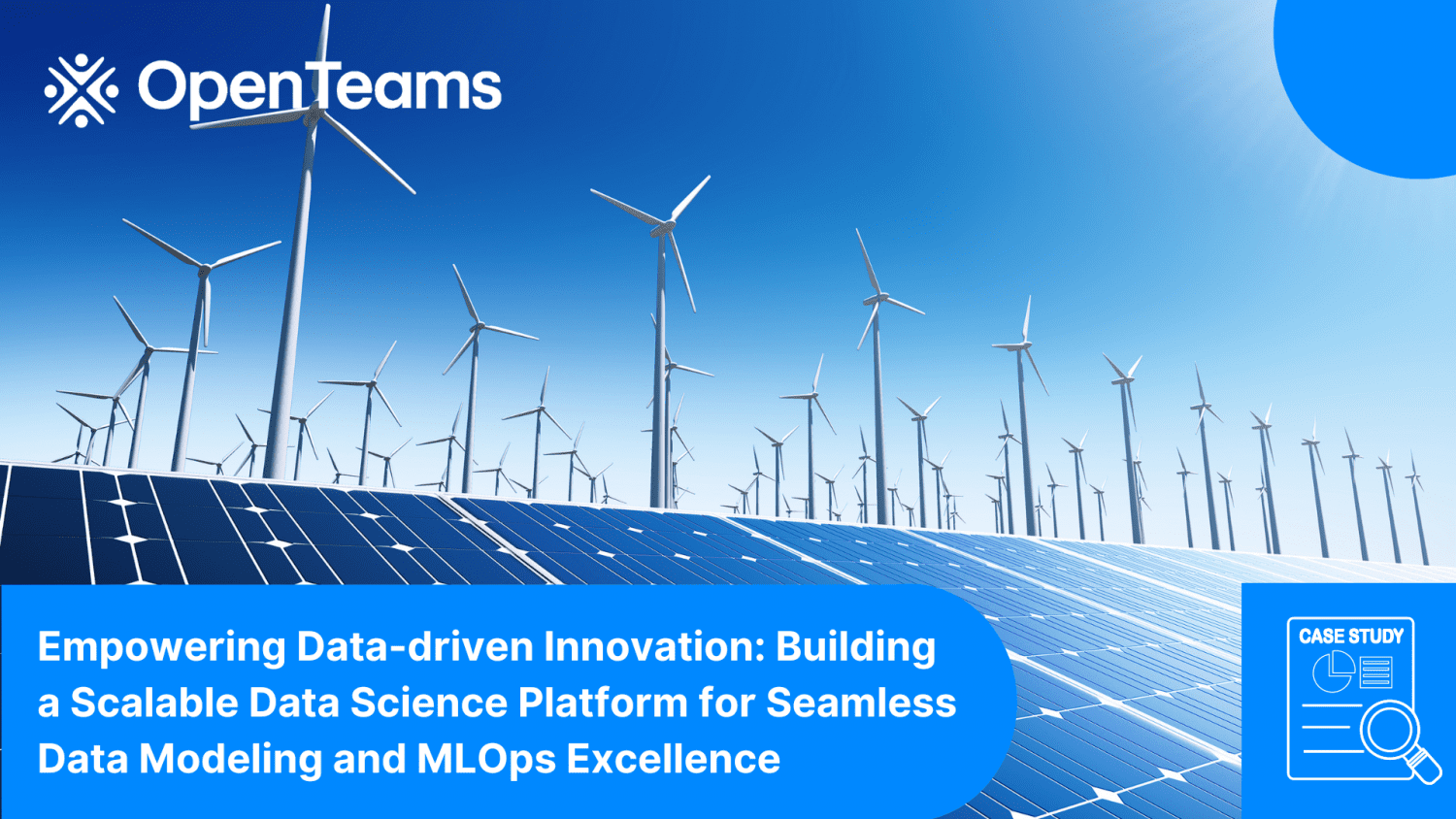
Unleashing the Power of MLOps: Building a Scalable Infrastructure for High Performance and Efficiency
As the field of machine learning continues to evolve rapidly, organizations are increasingly recognizing the need to deploy and manage machine learning models at scale. This has given rise to the discipline of MLOps (Machine Learning Operations), which focuses on the efficient and reliable deployment, monitoring, and management of machine learning models in production environments. A crucial aspect of successful MLOps is the design and implementation of a scalable infrastructure that can handle the complexities and demands of machine learning workloads. In this article, we will explore the key considerations and best practices for building a scalable infrastructure for MLOps, with a focus on ensuring high performance and efficiency.
Understanding Scalability in MLOps
Scalability refers to the ability of a system to handle increasing workloads efficiently and effectively. In the context of MLOps, scalability encompasses several dimensions, including data scalability, model scalability, and infrastructure scalability.
Data Scalability: Machine learning models require large volumes of data for training, validation, and testing. As the amount of data grows, the infrastructure should be capable of efficiently ingesting, processing, and storing the data. This may involve distributed storage systems, such as Hadoop Distributed File System (HDFS) or cloud-based object storage solutions like Amazon S3 or Google Cloud Storage.
Model Scalability: Machine learning models can vary in complexity and size, ranging from simple linear models to deep neural networks with millions of parameters. The infrastructure should be able to handle models of varying sizes and complexities, allowing for parallel training and inference across multiple compute resources. This may involve leveraging distributed computing frameworks like Apache Spark or TensorFlow’s distributed training capabilities.
Infrastructure Scalability: Infrastructure scalability refers to the ability to scale the underlying compute resources, such as CPUs, GPUs, or TPUs, to handle increasing computational demands. This can be achieved through horizontal scaling, where additional compute nodes are added to the system, or vertical scaling, where the existing nodes are upgraded with more powerful hardware. Additionally, the infrastructure should support automated provisioning and orchestration to enable dynamic scaling based on workload demands.
Designing a Scalable Infrastructure for MLOps
- Cloud-Based Infrastructure: Leveraging cloud services for MLOps provides inherent scalability advantages. Cloud platforms like Amazon Web Services (AWS), Microsoft Azure, and Google Cloud Platform offer managed services for storage, compute, and machine learning that can be easily scaled up or down based on requirements. These platforms also provide auto-scaling capabilities, allowing resources to be dynamically adjusted to match the workload.
- Containerization and Orchestration: Containerization technologies like Docker enable the encapsulation of machine learning models, dependencies, and runtime environments into portable units. Container orchestration frameworks like Kubernetes allow for efficient deployment, scaling, and management of containers across a cluster of machines. By containerizing machine learning workloads and leveraging container orchestration, organizations can achieve efficient resource utilization and scalability.
- Distributed Computing Frameworks: Distributed computing frameworks like Apache Spark or TensorFlow’s distributed training capabilities enable the parallel processing of large-scale data and model training across a cluster of machines. These frameworks distribute the workload and provide fault tolerance and high availability. By leveraging distributed computing, organizations can scale their machine learning operations to handle big data and complex models effectively.
- Elastic Storage Systems: Scalable storage systems, such as distributed file systems or cloud-based object storage, are crucial for handling large volumes of data in MLOps. These systems provide the ability to ingest, process, and store data at scale. Distributed file systems like HDFS or cloud storage solutions like Amazon S3 offer high throughput and fault tolerance, allowing organizations to efficiently manage and process data in a scalable manner.
- Monitoring and Logging: To ensure high performance and efficiency, it is essential to have robust monitoring and logging mechanisms in place. Monitoring tools can provide real-time insights into resource utilization, performance metrics, and system health. Logging mechanisms enable the collection and analysis of logs for debugging, troubleshooting, and performance optimization. By continuously monitoring and analyzing the system, organizations can identify bottlenecks, optimize resource allocation, and ensure optimal performance and efficiency.
- Automated Provisioning and Scaling: Manual provisioning and scaling of resources can be time-consuming and error-prone. Implementing automated provisioning and scaling mechanisms allows for dynamic allocation and de-allocation of resources based on workload demands. Infrastructure-as-Code (IaC) tools like Terraform or cloud-specific services like AWS Auto Scaling enable organizations to define and manage infrastructure resources programmatically, ensuring scalability and reducing operational overhead.
- Fault Tolerance and High Availability: Building a scalable infrastructure for MLOps requires robust fault tolerance and high availability mechanisms. Distributed computing frameworks and container orchestration platforms offer features like task replication, fault detection, and automated recovery, ensuring that the system remains operational even in the face of failures. Additionally, data replication and backup strategies should be implemented to prevent data loss and ensure data availability in case of failures.
Conclusion
Scalable infrastructure is a critical component of successful MLOps, ensuring high performance and efficiency in deploying and managing machine learning models at scale. By considering data scalability, model scalability, and infrastructure scalability, organizations can design and implement an infrastructure that can handle the increasing complexities and demands of machine learning workloads. Leveraging cloud-based services, containerization, distributed computing frameworks, and automated provisioning and scaling mechanisms enables organizations to achieve efficient resource utilization and dynamic scalability. With a scalable infrastructure in place, organizations can effectively manage and deploy machine learning models, unlocking the full potential of their data-driven initiatives.
About OpenTeams
OpenTeams is a premier provider of open source solutions for businesses worldwide. Our goal is to help organizations optimize their open source technologies through tailored support solutions that meet their unique needs. With over 680+ open source technologies supported, we provide unparalleled expertise and resources to help businesses achieve their goals. Our flexible support plans allow organizations to pay for only what they need, and our team of experienced Open Source Architects is available 24/7/365 to provide top-notch support and guidance. We are committed to fostering a community of innovation and collaboration, and our partner program offers additional opportunities for growth and success.
Related Articles
Computer Vision for Automatic Vehicle Damage Detection and Cost Estimation
Transforming ML Infrastructure for Improved Model Maintenance and Performance
Empowering Data-driven Innovation: Building a Scalable Data Science Platform for Seamless Data Modeling and MLOps Excellence
Unleashing Computational Speed: Enhancing Risk Models for Compliance in a Global Financial Powerhouse
Transforming Armed Forces Training: Reinforcement Learning for Enhanced Adaptability and Strategy Development
Unlock the power of open source for your business today
OpenTeams provides businesses with access to a team of experienced open source professionals who can help them unlock the power of open source technologies, delivering customized solutions tailored to their specific needs and goals. Get in touch with us today to learn how we can help you leverage open source to achieve your business objectives.






